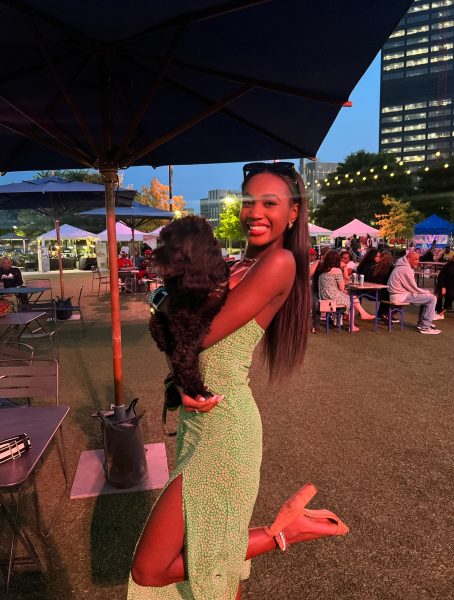Have you ever had a movie that just made you feel all warm inside? Well, that’s “Tangled” for me. Growing up, I loved Disney movies. My mother and I would always watch “Tangled” together. When I first heard they were making a live-action “Tangled” movie, I was super excited. However, after hearing they might change a significant part of the movie like her race, I’ve adapted some of my own opinions.
According to recent studies, South Asian mythology might be the source of the Rapunzel tale. According to some historians, the narrative of a young woman with remarkable hair imprisoned in a tower has resemblance with old South Asian legends. The Persian epic “Shahnameh” echoes the well-known scenario in “Rapunzel” (Poddata) by including the tale of Rudabeh, whose lover, Zal, climbs up to her tower using her long hair.
This link has spurred discussion on whether casting a South Asian actress in the titular role in the live-action Rapunzel adaptation will help to keep true to these roots. Proponents contend that this kind of casting would respect the varied origins of the beloved story and provide a fresh viewpoint (BookTrust.org), (Poddata). Similarities to other tales, like the epic love story of Rama and Sita from the “Ramayana,” further support the idea that stories of love, sacrifice, and mystical elements are common threads in South Asian folklore, so augmenting the narrative tapestry that “Rapunzel” belongs to (Booktrust.org).
Many fans, however, believe that Rapunzel should maintain her original appearance as depicted in the animated film—white with blonde hair. For many people, the animated Rapunzel is considered the ultimate version, and they believe that altering her ethnicity could potentially change the core of the character they have grown fond of.
As a Black individual, I can really relate to this point of view. A lot of different kinds of people need to be shown in the media. There are, however, some famous characters whose identities are deeply linked to how they were portrayed in the first place. For example, if Disney changed Princess Tiana’s race in “The Princess and the Frog,” it would cause a lot of trouble. Not only is Tiana’s character very important to the story, but so is her cultural and racial background, which gives the story a lot of depth and meaning.
In the same way, the case for keeping Rapunzel as a white, blonde character can be seen as essential to protecting the story’s identity because it is so well-known and loved in Western culture. Rapunzel’s character in the Brothers Grimm story has a lot to do with her European roots, where the story has been told for generations. Rapunzel’s famous look is a big part of the story’s traditional Western European roots, just like Tiana’s background is an important part of who she is. It’s important to talk about representation, but keeping Rapunzel white and blonde can also be seen as a way to honor the story’s historical and cultural setting.
It is very important to have fair coverage in the media. What’s important is that people can connect with the stories they like. No matter what, it’s important to make sure that how characters are portrayed doesn’t change who they are. The character of Rapunzel from the movie “Tangled” has become well-known in pop culture. Fans who hold her in high regard as a beloved figure from their past might be let down if she changes her race. Many people think of Rapunzel as an iconic figure, with her long blonde hair and European roots. Changing how she looks could be seen as going against the character’s established history and the nostalgic connection that many fans have with how she has always been portrayed. This helps keep the story’s integrity and flow, which is why it’s been loved and known for generations.
It is important to keep making new stories and characters with backgrounds that are different from our own. Disney and other big studios should work on making new characters and stories that include people from a wide range of backgrounds. This way of doing things makes sure that beloved characters stay true to who they were in the beginning, so they don’t seem fake or fake-like. In this way, we can honor and introduce new cultural stories without changing the well-known identities of characters.
Ultimately, it’s important to strike a balance between respecting the source material and fostering inclusivity. Although it can be refreshing to try new things and immerse oneself in different cultural experiences, there are certain situations where maintaining the status quo may be more appropriate.
As the debate rages on, it is crucial to lend an ear to the perspectives of fans from diverse backgrounds and take into account their deep emotional connection to these characters. Change can be positive, as long as it is approached with careful consideration and a deep appreciation for the narratives that have influenced our creative minds.
Ultimately, considering the rich cultural heritage of South Asia, it may be more appropriate to explore and create new narratives that specifically highlight and honor the South Asian heritage, rather than reimagining existing ones like Rapunzel. In this manner, we pay tribute to the enduring characters such as Rapunzel and Tiana, while simultaneously enriching the diversity of the Disney universe in a significant manner.







